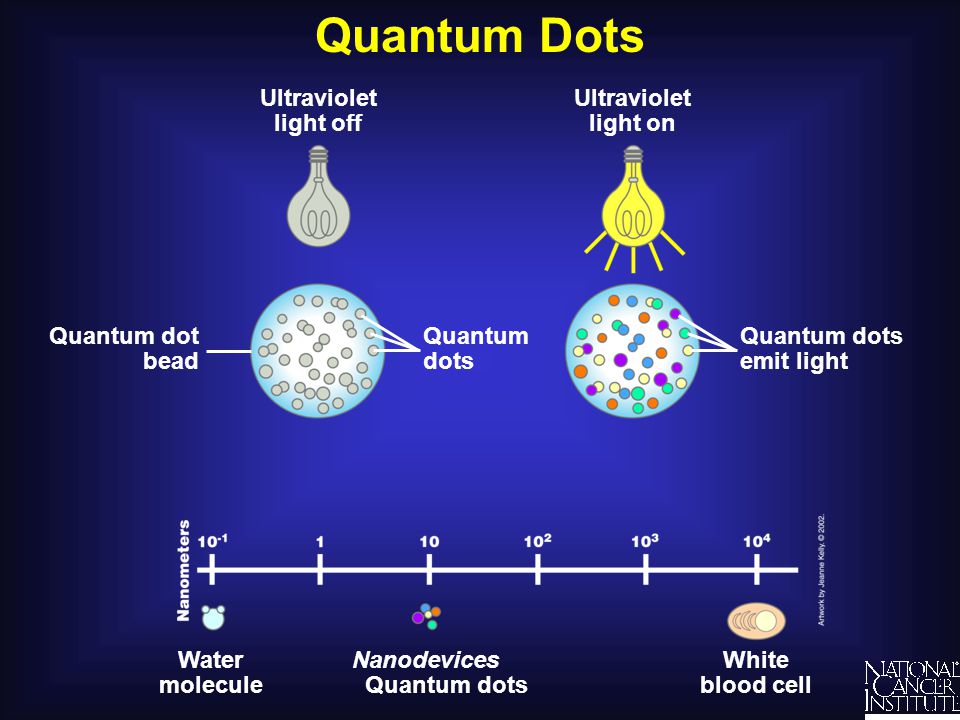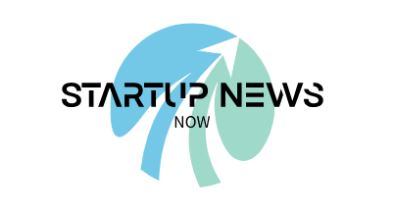
Introduction to Quantum Dots and Nanosensors
In the rapidly evolving landscape of technology and medicine, quantum dots and nanosensors stand out as pioneering advancements. These innovations, born from the realms of nanotechnology, offer unparalleled precision and capabilities, setting the stage for transformative applications across various fields.
History and Development
The journey of quantum dots and nanosensors began with early research in nanomaterials. Pioneering scientists like Alexei Ekimov and Louis Brus were instrumental in the discovery of quantum dots in the 1980s. Since then, significant milestones have marked the development of these technologies, leading to their current applications and ongoing research.
Understanding Quantum Dots
Structure and Composition
Quantum dots are nanometer-sized semiconductor particles that exhibit unique optical and electronic properties due to quantum mechanics. Their small size allows for quantum confinement, resulting in discrete energy levels that contribute to their distinctive properties.
Properties of Quantum Dots
Quantum dots possess exceptional photoluminescence, high quantum yield, and size-tunable emission wavelengths. These properties make them invaluable in various applications, from medical imaging to display technologies.
Types of Quantum Dots
Colloidal Quantum Dots
These are quantum dots suspended in a colloidal solution, making them suitable for integration into various mediums and applications.
Core-Shell Quantum Dots
Core-shell quantum dots consist of a core material surrounded by a shell of another semiconductor, enhancing their stability and photoluminescent properties.
Mechanism of Quantum Dots
Quantum Confinement
Quantum confinement occurs when the size of a quantum dot is smaller than the Bohr radius of the exciton, leading to discrete energy levels and unique optical properties.
Optical Properties
The optical properties of quantum dots are characterized by their ability to absorb and emit light at specific wavelengths, which can be precisely controlled by their size.
Applications of Quantum Dots
Medical Imaging
Quantum dots are revolutionizing medical imaging by providing brighter and more stable fluorescence compared to traditional dyes, enabling better resolution and diagnostic accuracy.
Solar Cells
In solar cells, quantum dots enhance efficiency by enabling multiple exciton generation, which improves the conversion of sunlight into electricity.
Display Technologies
Quantum dots are used in display technologies to produce more vibrant and accurate colors, as seen in QLED televisions.
Introduction to Nanosensors
What are Nanosensors?
Nanosensors are devices capable of detecting physical, chemical, or biological changes at the nanoscale. They leverage the unique properties of nanomaterials to achieve high sensitivity and specificity.
Types of Nanosensors
Nanosensors can be categorized into various types, including chemical nanosensors, biosensors, and physical nanosensors, each designed for specific applications.
Mechanism of Nanosensors
Working Principles
Nanosensors operate based on changes in physical properties, such as electrical conductivity or optical signals, when they interact with target analytes.
Signal Transduction
Signal transduction in nanosensors involves converting the detected changes into measurable signals, which can then be analyzed for various applications.
Applications of Nanosensors
Environmental Monitoring
Nanosensors play a crucial role in environmental monitoring by detecting pollutants and toxic substances with high precision.
Biomedical Applications
In biomedicine, nanosensors are used for early disease detection, monitoring of physiological parameters, and drug delivery systems.
Integration of Quantum Dots with Nanosensors
Enhanced Sensing Capabilities
Integrating quantum dots with nanosensors enhances their sensitivity and enables multiplexed detection, making them powerful tools for various applications.
Case Studies
Numerous case studies highlight the successful integration of quantum dots with nanosensors, demonstrating improved performance in fields such as medical diagnostics and environmental monitoring.
Benefits of Quantum Dots and Nanosensors
High Sensitivity
Both quantum dots and nanosensors offer high sensitivity, allowing for the detection of minute changes and low concentrations of analytes.
Miniaturization
The nanoscale size of these technologies enables miniaturization, leading to portable and compact devices with broad applications.
Challenges and Limitations
Stability Issues
Stability remains a significant challenge for both quantum dots and nanosensors, affecting their performance and longevity.
Manufacturing Challenges
The fabrication of quantum dots and nanosensors involves complex processes that can be costly and difficult to scale.
Future Prospects
Emerging Trends
Emerging trends in quantum dots and nanosensors include advancements in materials science, improved fabrication techniques, and novel applications in fields like quantum computing and personalized medicine.
Potential Breakthroughs
Potential breakthroughs could revolutionize industries by providing more efficient, cost-effective, and versatile technologies.
Environmental Impact
Environmental Concerns
The production and disposal of quantum dots and nanosensors raise environmental concerns, particularly regarding the release of toxic materials.
Mitigation Strategies
Mitigation strategies include developing eco-friendly materials and implementing recycling and waste management protocols.
Ethical Considerations
Privacy Concerns
The use of nanosensors in various applications raises privacy concerns, particularly in health monitoring and data collection.
Ethical Use in Medicine
Ethical considerations in medicine involve ensuring that these technologies are used responsibly and with informed consent.
Regulatory Landscape
Current Regulations
Current regulations governing the use of quantum dots and nanosensors vary by region, focusing on safety, environmental impact, and ethical use.
Future Directions
Future regulatory frameworks will need to address the evolving nature of these technologies, ensuring they are safe, effective, and ethically deployed.
Case Studies
Success Stories
Several success stories illustrate the transformative impact of quantum dots and nanosensors, from improving cancer diagnostics to enhancing environmental monitoring.
Notable Research
Notable research includes groundbreaking studies that have expanded our understanding of quantum dots and nanosensors and their potential applications.
Quantum Dots in Medicine
Cancer Detection
Quantum dots are used in cancer detection due to their ability to target and illuminate cancer cells, providing more accurate and earlier diagnoses.
Drug Delivery Systems
Quantum dots facilitate targeted drug delivery, improving the efficacy and reducing the side effects of treatments.
Quantum Dots in Electronics
Display Technologies
In electronics, quantum dots enhance display technologies by providing brighter, more vivid colors and improving energy efficiency.
Photovoltaic Cells
Quantum dots are used in photovoltaic cells to increase the efficiency of solar panels by enabling better light absorption and conversion.
Nanosensors in Medicine
Diagnostics
Nanosensors are pivotal in diagnostics, offering rapid, accurate, and non-invasive testing for various diseases.
Disease Monitoring
These sensors are used for continuous monitoring of diseases, providing real-time data that can inform treatment decisions.
Nanosensors in Environmental Science
Pollution Detection
Nanosensors detect pollutants in air, water, and soil, offering a powerful tool for environmental protection and sustainability.
Climate Monitoring
They are also used in climate monitoring, providing data on atmospheric conditions and contributing to climate research.
Quantum Dots and Nanosensors in Research
Cutting-Edge Research
Ongoing research in quantum dots and nanosensors is pushing the boundaries of what is possible, exploring new materials, mechanisms, and applications.
Future Innovations
Future innovations are expected to bring about even more advanced and versatile technologies, with potential impacts across numerous fields.
Commercialization
Market Trends
The market for quantum dots and nanosensors is growing rapidly, driven by advancements in technology and increasing demand for high-performance materials.
Leading Companies
Leading companies in this field are at the forefront of innovation, developing new products and expanding the applications of these technologies.
Educational Impacts
Training and Curriculum Development
The rise of quantum dots and nanosensors is influencing education, with new training programs and curricula being developed to prepare the next generation of scientists and engineers.
Research Funding
Increased funding for research in these areas is supporting groundbreaking studies and fostering innovation.
Global Impact
Worldwide Adoption
The adoption of quantum dots and nanosensors is a global phenomenon, with countries around the world investing in these technologies.
International Collaborations
International collaborations are crucial for advancing research and development, pooling resources and expertise from various regions.
Innovations and Patents
Recent Innovations
Recent innovations include new synthesis methods, improved materials, and novel applications in medicine, electronics, and environmental science.
Key Patents
Key patents highlight the cutting-edge developments in quantum dots and nanosensors, protecting intellectual property and driving further innovation.
Safety Protocols
Handling and Disposal
Proper handling and disposal of quantum dots and nanosensors are essential to ensure safety and minimize environmental impact.
Safety Guidelines
Safety guidelines are in place to protect researchers, workers, and the public from potential hazards associated with these materials.
Public Perception
Public Awareness
Public awareness of quantum dots and nanosensors is increasing, with more people recognizing their potential benefits and risks.
Media Representation
The media plays a significant role in shaping public perception, highlighting both the promises and challenges of these technologies.
FAQs
1. What are quantum dots and how do they work?
- Quantum dots are tiny semiconductor particles that exhibit unique optical properties due to quantum confinement, making them useful in various applications like medical imaging and display technologies.
2. What are the main applications of nanosensors?
- Nanosensors are used in environmental monitoring, biomedical diagnostics, and industrial processes to detect changes at the nanoscale with high sensitivity.
3. How do quantum dots enhance solar cell efficiency?
- Quantum dots can improve solar cell efficiency by enabling multiple exciton generation, which allows for better conversion of sunlight into electricity.
4. What are the ethical concerns associated with nanosensors?
- Ethical concerns include privacy issues in health monitoring and the potential misuse of collected data without informed consent.
5. How do quantum dots contribute to cancer detection?
- Quantum dots can target and illuminate cancer cells, providing more accurate and earlier diagnoses compared to traditional imaging methods.
Conclusion
Quantum dots and nanosensors represent a significant leap forward in technology and medicine. Their unique properties and diverse applications hold immense potential for future advancements. As research continues to evolve, these nanotechnologies will undoubtedly play a crucial role in shaping the future of various industries, from healthcare to environmental science.
